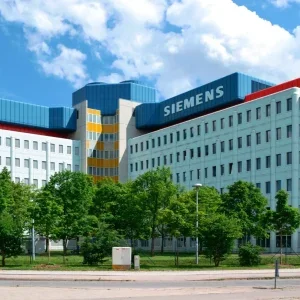The $800,000 project is the second phase of a partnership with NYSERDA. In partnership with Kodak Specialty Chemicals (Kodak) and the Rochester Institute of Technology (RIT), the effort also will leverage existing infrastructure allowing all of the investment to go into manufacturing, creating new green jobs in upstate New York.
Leveraging Novomer’s patented catalyst technology, developed at Cornell, the effort will create polypropylene carbonate (PPC) materials for packaging and coating applications from bottles to film, but using as much as 50% less energy than traditional plastics manufacturing and removing significant amounts of carbon dioxide from the environment.
“This investment by NYSERDA will help further Governor David Paterson’s goals of reducing energy consumption, promoting the use of renewable energy sources, protecting the environment, and bolstering New York’s economy,” said Francis J. Murray, Jr., NYSERDA president and chief executive officer (CEO). “In the first phase of the project, Novomer’s ‘home grown’ innovations from the remarkable work at Cornell performed exceptionally well. We are very excited for this next phase and for the large scale potential it represents for New York and the world.”
The first phase of the project, based on an earlier $150,000 grant, was a feasibility study carried out between December 2008 and May 2009 to investigate the financial, marketing, and environmental potential for PPC materials. Both project phases included a 50% cost share. The phase one results demonstrated the ability for Novomer’s catalysts to create PPC materials leveraging the existing manufacturing infrastructure at a lower cost, while offering higher performance than petroleum-based plastics, and vastly reducing the environmental impact.
“Currently, 10% of oil in the United States is used for plastics manufacturing and packaging,” said Jim Mahoney, CEO of Novomer. ” Novomer’s ability to reduce petroleum usage by at least 50% — while also converting CO2 from pollution into valuable materials — has the potential to transform the plastics and materials landscape on a global scale.”






